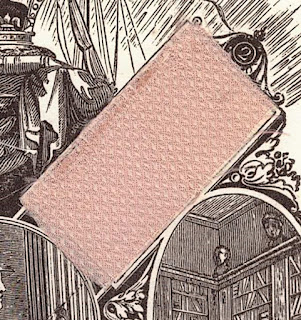“Wonderland.” That is the name given by early tourists to Yellowstone. You can see why. It’s hard to find a location in the US that features so many scenic wonders. Of course, probably the most famous is Old Faithful, the geyser that goes off on a remarkably reliable timetable. My heroine, Kate Tremaine, was more fond of the features in the Lower Geyser Basin, which she had to explain to Will and his men:
A little farther along, she reined in beside a pool as blue as the sky overhead. His men stopped around her, and O’Reilly craned his neck to peer over his horse’s head into the depths.
“As you can see by the steam, every pool around here is hot. This one is Celestine Spring, but most of the others are geysers. Unlike Old Faithful, they’re not predictable. If you’re riding, listen for a hiss and watch for an increase in steam. If you’re on foot, you’ll feel the rumble in the ground before they start.”
So, that was how she’d predicted the eruption yesterday. He caught her eye and nodded. Her smile brightened the day even further.
She led them past a group of lodgepole pines struggling to stay alive in the minerals and heat and through an area where the ground looked as if it was covered with bubbles that had hardened into rock. She nodded toward a pool as blue as blueberry preserves.
“That’s Jelly Geyser. It’s a frequent squirter, so watch for it. Farther out, that pale white hole with the crusty sides is Jet Geyser. It will shoot almost as high as my hotel. Over there is Spasm Geyser. It’s more of a bubbler. That one with the yellow center and the green front is Clepsydra. She should go off . . . now.”
As if the geyser obeyed her least command, water shot up from multiple vents, sending steam into the air. Except for Bess and Mrs. Tremaine’s horse, the other horses shifted, balked, and it took a moment for his men to get them under control.
“Every three minutes,” she explained. “You’ll get used to it. But the biggest show around here is Fountain Geyser.”
She nodded to the large, still, blue pool they were approaching.
“Doesn’t look so bad,” Waxworth said.
“You wait,” Kate said. “It will shoot twice the height of my hotel and last for more than a quarter hour. The only one bigger in this area is Morning Geyser beyond it and closest to the hotel. But it’s rarer.”
“Who named such things?”
That bewildered tone was Lercher’s. Mrs. Tremaine must have realized it, for she turned her head to give him a look.
“Some were named by explorers, but many were named by the US Geological Survey. This way, gentlemen, and try to keep up.”
Will bit back a smile as they rode past the hotel again. His men were looking more concerned by the moment, picking their way along and giving every colored patch of earth wide berth. Danny waved from the porch. Franklin waved back.
She pointed out Twig Geyser, a creamy pool that could shoot water up a few feet for as long as an hour; the Leather Pool, which was as brown and rough as its name; and a patch of gray ground that hissed like a pot on the boil.
Suddenly, she reined in. His men followed suit, jerking on their reins and glancing around as if expecting a geyser to go off on either side.
Instead, she pointed across the geyser field to the circuit road beyond.
On the other side of the dusty road, a small clearing was nestled among the pines, sage dotting the pale soil, its gray-green leaves holding the golden yellow of the fall bloom. Among them, shoulders dark and humps tawny, a dozen elk browsed. Will caught his breath.
“Oh, for one shot,” Waxworth said with a groan.
She swiveled in the sidesaddle to glare at him. “For shame, Private. Look at that power, that majesty, and your first thought is to kill it?”
Waxworth flamed. “No, ma’am, my first thought is how many hungry cavalrymen one of those would feed.”
“I’ll keep you fed, Private,” she promised. “You just make sure those beauties go on living to inspire others.”
“Remember the rules, Private,” Will added. “No hunting on park lands.”
Waxworth deflated with a sigh.
But his other men were nodding. How extraordinary. They were surrounded by animals and geology meant to inspire, and the greatest source of inspiration, for him and his men, was Kate Tremaine.
Those links once more, for your convenience:




















































